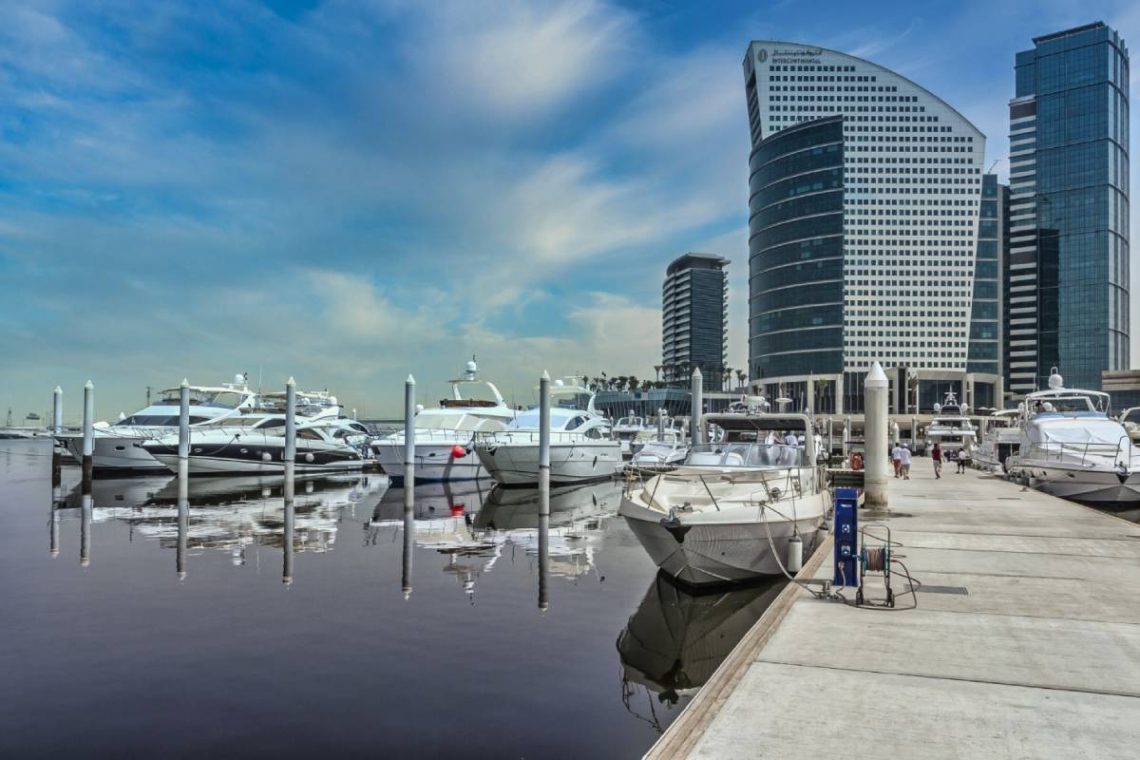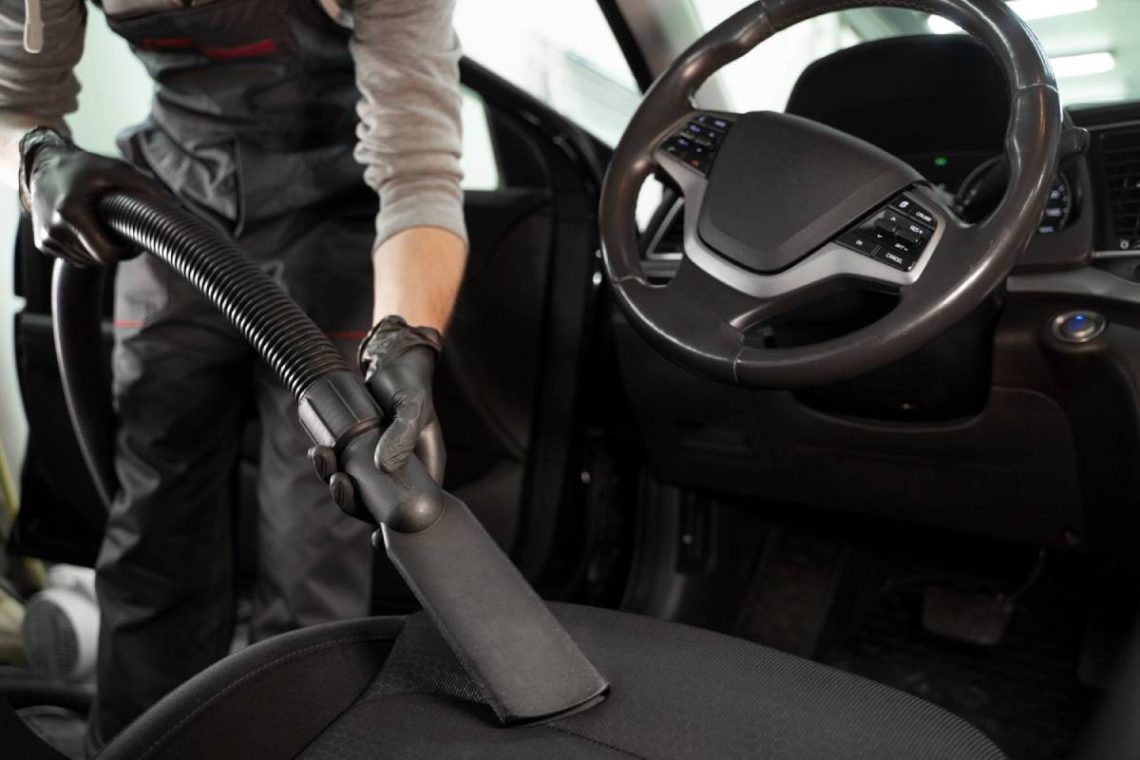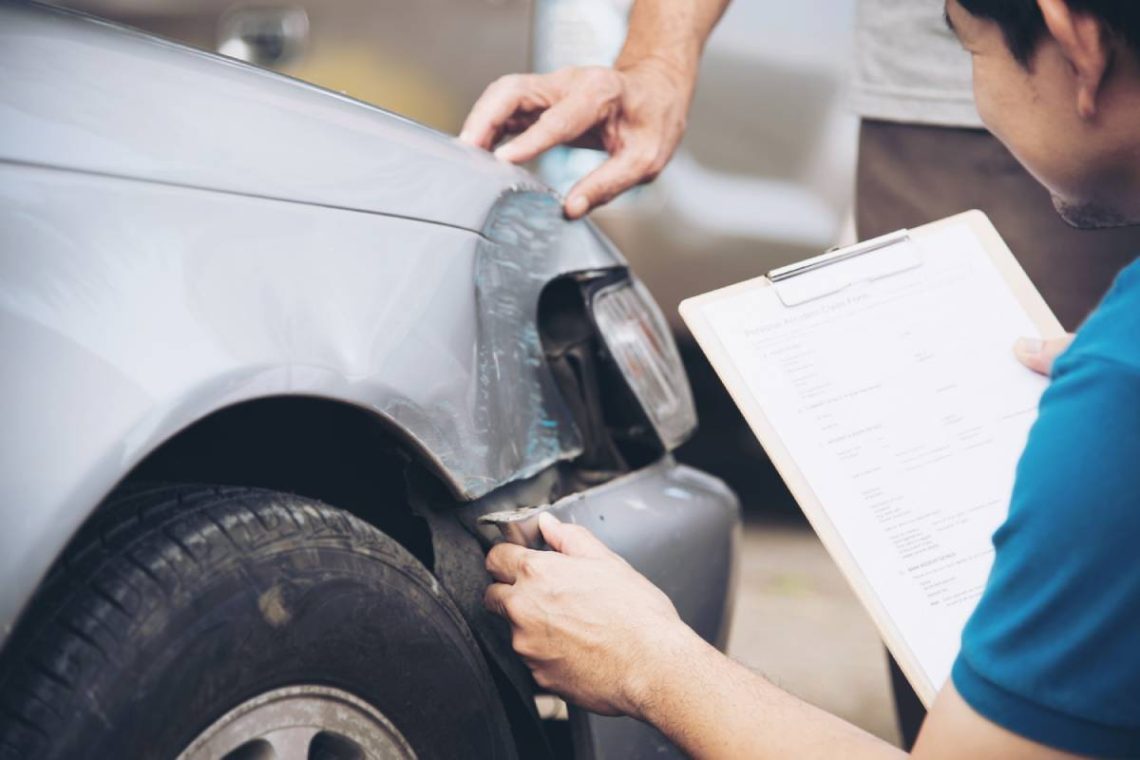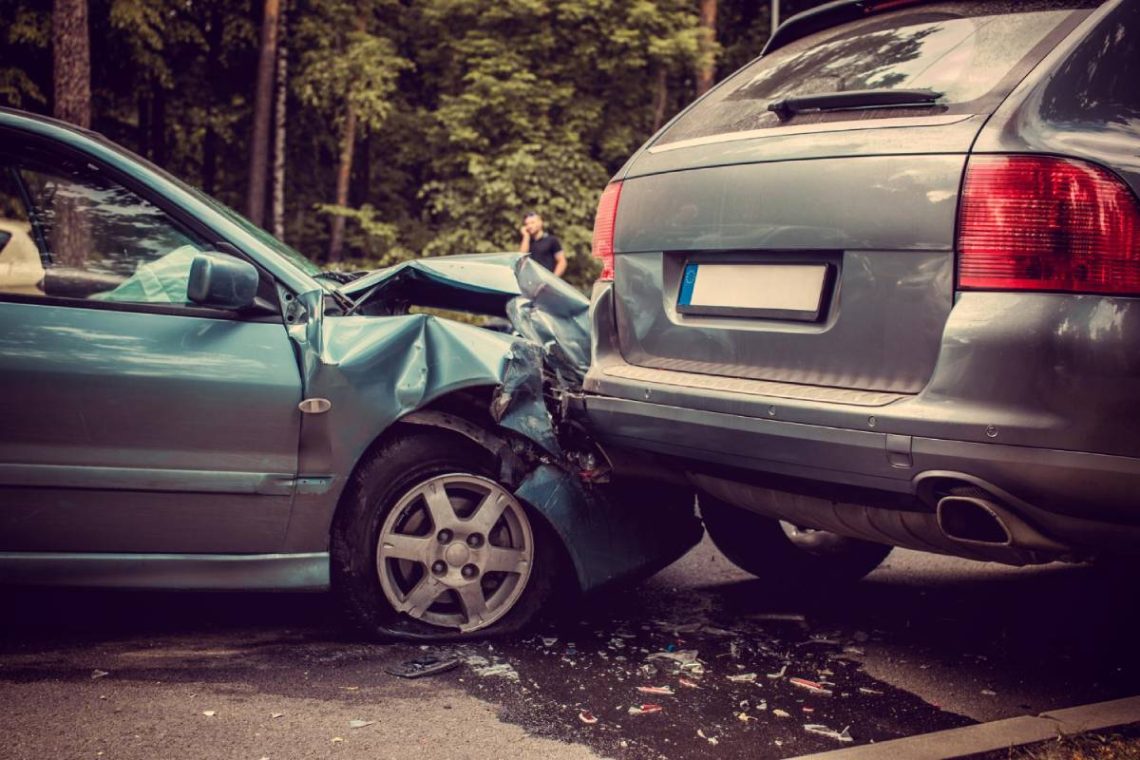Published by Lake LBJ Marina & Yacht Club in Marble Falls
Corporate Events and Lake LBJ Boat Rentals: Team Building on Water
Corporate events on Lake LBJ create memorable team-building experiences that combine professional networking with recreational activities in one of Central Texas’s most spectacular settings. Lake LBJ boat rental operators specialize in corporate group services that cater to business objectives while providing unique environments that foster collaboration, communication, and relationship-building among colleagues, clients, and business partners seeking distinctive event experiences.
Professional Event Planning Services
Lake LBJ marina operators provide comprehensive corporate event planning services that handle logistics, coordination, and execution details while allowing business organizers to focus on objectives and attendee engagement. Professional event coordinators understand corporate requirements and timeline management essential for successful business gatherings.
Customized packages accommodate various corporate event types, from executive retreats and client entertainment to employee appreciation events and product launches that benefit from unique lake settings. These packages integrate boat rentals, catering, and activity coordination to create seamless experiences that meet specific business objectives.
Timeline management ensures corporate events proceed smoothly while accommodating business schedules and participant availability constraints. Professional coordinators collaborate with corporate planners to create realistic schedules that maximize networking opportunities while allowing for sufficient time for recreational activities.
Vendor coordination services manage relationships with caterers, photographers, entertainment providers, and other service professionals essential for comprehensive corporate events. This coordination eliminates vendor management burden from corporate organizers while ensuring professional service standards throughout events.
Backup planning addresses weather contingencies and equipment failures that could disrupt corporate events, with alternative arrangements and covered facilities available when outdoor conditions become unsuitable. Professional backup planning ensures successful events regardless of environmental challenges.
Budget management services provide transparent pricing and cost control that help corporate planners allocate resources effectively while avoiding unexpected expenses that could impact event budgets. Clear pricing structures enable accurate budget forecasting and financial planning for corporate event organizers.
Team Building Activities and Programs
Structured team-building programs designed specifically for Lake LBJ environments utilize water activities to create collaborative challenges that require communication, problem-solving, and cooperation among team members. These programs provide professional facilitation while maintaining enjoyable recreational elements.
Fishing tournaments offer competitive team-building experiences that foster collaboration while providing a relaxed environment for informal networking and relationship building. These tournaments accommodate various skill levels while promoting teamwork through shared objectives and friendly competition.
Water sports instruction programs provide shared learning experiences that build trust and communication as team members support each other through new challenges. Professional instruction ensures safety while creating achievement-based activities that enhance team confidence and cooperation.
Navigation challenges utilize Lake LBJ’s geography to create problem-solving activities that require team coordination and leadership development. These challenges combine recreational boating with structured activities that address specific team-building objectives and corporate training goals.
Scavenger hunts designed around Lake LBJ’s landmarks and features create engaging activities that encourage exploration while requiring teamwork and strategic thinking. These activities provide entertainment while fostering collaboration and communication among diverse team members.
Corporate retreat programs combine team-building activities with strategic planning sessions that benefit from inspiring lake environments and reduced distractions. These programs integrate business objectives with recreational elements to create productive and memorable corporate experiences.
Fleet Options for Corporate Groups
Multi-boat packages accommodate large corporate groups while maintaining appropriate group sizes for effective interaction and activity participation. These packages coordinate multiple vessels to ensure all participants enjoy quality experiences while maintaining group cohesion throughout events.
Executive yacht charters provide premium experiences for senior management retreats, client entertainment, and high-level business meetings that require sophisticated environments and luxury amenities. These vessels offer privacy and elegance appropriate for executive-level corporate events.
Pontoon flotillas create social environments perfect for networking events and team-building activities that benefit from open deck spaces and comfortable seating arrangements. Multiple pontoons allow large groups to participate together while maintaining manageable conversation groups.
Specialized event vessels feature amenities specifically designed for corporate gatherings, such as presentation equipment, catering facilities, and professional sound systems that support business presentations and entertainment programs. These purpose-built vessels provide complete corporate event platforms.
Capacity planning ensures appropriate vessel selection based on group size, activity requirements, and interaction objectives that define successful corporate events. Professional consultation helps determine optimal fleet configurations for specific corporate group needs and objectives.
Accessibility considerations address mobility requirements and safety needs for corporate groups that may have participants with varying physical abilities. Professional services ensure all team members can participate fully in corporate events regardless of individual accessibility requirements.
Catering and Hospitality Services
Professional catering services offer business-appropriate dining experiences that cater to dietary restrictions, cultural preferences, and corporate standards, while maintaining high-quality food presentation suitable for client entertainment and executive events. These services understand corporate hospitality requirements and professional presentation standards.
Breakfast cruise options cater to morning corporate events and early networking activities, taking advantage of optimal lake conditions to provide energizing starts to business days. These services coordinate timing with corporate schedules and productivity requirements.
Lunch meetings on water create unique environments for business discussions and relationship building while providing informal settings that encourage open communication and creative thinking. Professional catering ensures appropriate food service without disrupting business conversations.
Cocktail reception services provide sophisticated networking environments with premium beverage selections and elegant appetizer presentations appropriate for client entertainment and executive gatherings. These services create impressive corporate hospitality experiences that enhance business relationships.
Dinner cruise experiences combine business networking with recreational activities while providing substantial meals that satisfy hunger and dietary requirements for extended corporate events. These comprehensive services eliminate meal planning concerns while providing complete corporate entertainment packages.
Special dietary accommodations address vegetarian, vegan, gluten-free, and cultural dietary requirements that ensure all corporate event participants can enjoy appropriate food options. Professional catering services understand corporate responsibility for inclusive dining experiences.
Client Entertainment and Relationship Building
Client appreciation events utilize Lake LBJ’s scenic beauty and recreational opportunities to create memorable experiences that strengthen business relationships while demonstrating corporate values and hospitality standards. These events provide unique alternatives to traditional business entertainment options.
Executive networking opportunities benefit from relaxed lake environments that encourage informal conversations and relationship development away from office constraints and formal business settings. Lake environments naturally promote relationship building through shared recreational experiences.
Prospect development activities utilize unique lake experiences to create positive impressions and memorable interactions that differentiate businesses from competitors while providing valuable face time with potential clients in comfortable, non-pressured environments.
Partnership celebrations commemorate business achievements and relationship milestones through distinctive lake events that provide appropriate settings for recognition and appreciation activities. These celebrations create lasting memories that reinforce business partnerships and collaborative achievements.
Industry conference extensions provide recreational activities that complement professional meetings and convention attendance while offering relaxed environments for continued business discussions and relationship development beyond formal conference settings.
International client services accommodate cultural preferences and communication requirements for global business relationships while providing authentic Texas experiences that showcase regional hospitality and recreational opportunities attractive to international visitors.
Logistics and Transportation Coordination
Group transportation services coordinate movement between corporate facilities, accommodations, and marina locations while ensuring timely arrival and departure that maintains corporate event schedules. Professional transportation eliminates logistics concerns while providing comfortable travel for corporate participants.
Parking coordination addresses vehicle accommodation needs for corporate groups arriving independently while ensuring adequate space and security for attendee vehicles throughout event duration. Marina facilities provide guidance for optimal parking arrangements.
Equipment management services handle corporate presentation needs, audio-visual requirements, and business equipment transportation that enables professional meetings and presentations in marine environments. These services ensure technology functionality while protecting equipment from marine conditions.
Communication coordination maintains connectivity requirements for corporate events while addressing cellular coverage and internet access needs that support business communication throughout lake activities. Professional services understand corporate connectivity requirements and provide appropriate solutions.
Timeline coordination ensures smooth transitions between activities while maintaining corporate schedule requirements and participant engagement throughout multi-activity events. Professional coordination prevents delays and confusion that could diminish corporate event effectiveness.
Weather contingency planning addresses outdoor event challenges while providing indoor alternatives and flexible scheduling that ensures corporate events proceed successfully regardless of environmental conditions. Professional planning eliminates weather-related event cancellations.
ROI Measurement and Corporate Benefits
Employee engagement metrics demonstrate the effectiveness of corporate events through improved morale, communication, and workplace relationships that result from shared recreational experiences and team-building activities. These measurable benefits justify corporate event investments and planning efforts.
Client retention improvements often result from memorable corporate entertainment experiences that strengthen business relationships while differentiating companies from competitors through unique and thoughtful client appreciation activities. Lake events create lasting positive impressions that support business development.
Recruitment advantages emerge from corporate culture demonstrations that showcase company values and employee appreciation through distinctive recreational activities. Unique corporate events attract quality employees while demonstrating organizational commitment to work-life balance and employee satisfaction.
Business development opportunities arise from networking activities and relationship building that occur during relaxed lake environments, where informal conversations often lead to new business opportunities and partnership development. Lake settings facilitate natural relationship building essential for business growth.
Team productivity enhancements result from improved communication and collaboration skills developed through team-building activities and shared experiences that translate into workplace improvements. These benefits provide measurable returns on corporate event investments.
Brand differentiation advantages emerge from distinctive corporate events that demonstrate creativity, thoughtfulness, and commitment to quality experiences. Unique corporate events create positive brand associations while providing competitive advantages in business relationship development.
Lake LBJ corporate boat rentals provide distinctive business environments that combine professional objectives with recreational experiences, creating memorable events that strengthen relationships while achieving corporate goals through unique team-building opportunities on pristine Central Texas waters.




